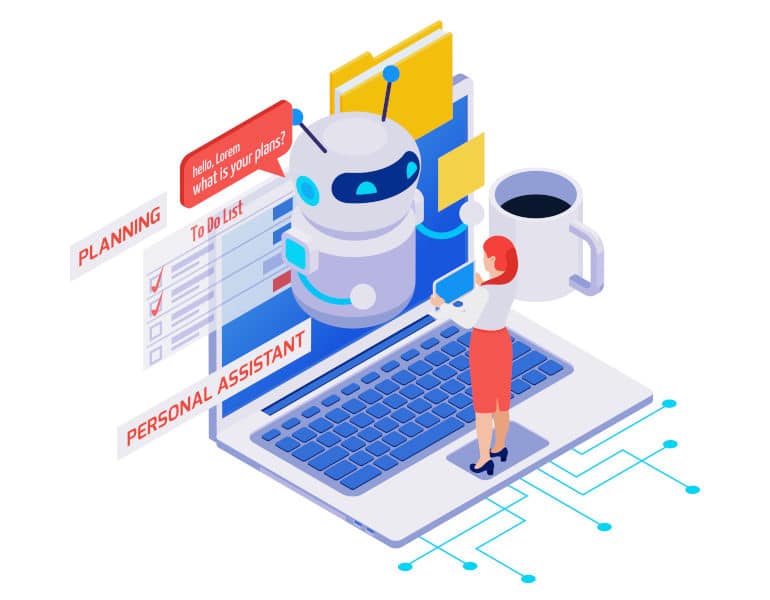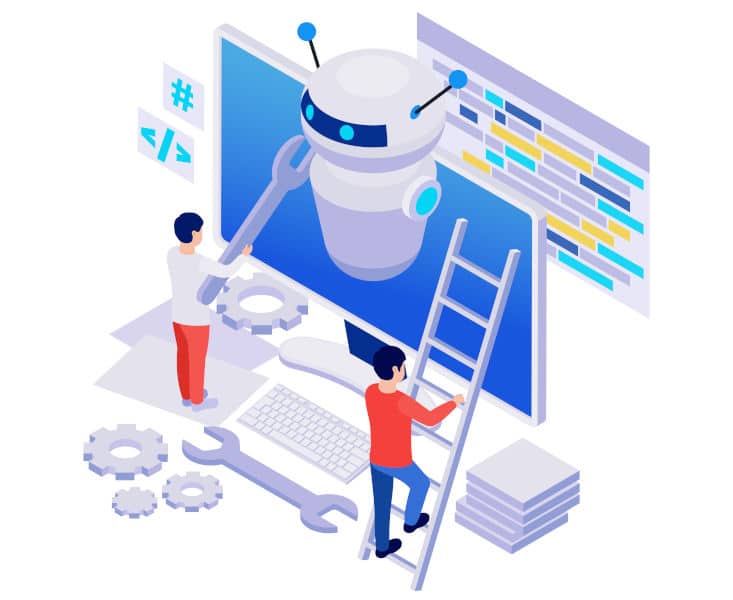With the proliferation of generative AI tools, mastering the art of writing prompts is proving more than essential. But at the speed at which artificial intelligence solutions are evolving, many users are feeling lost. That's when Dust was born.
This prompt engineering tool helps users not only to write relevant guided messages, but also to link them together. Find out more about Dust for prompt engineering and its features.
What's Dust?
Dust was born out of the realisation that AI is changing the way we work. We can now save precious time on a wide range of tasks thanks to AI assistants. But we still need to know how to communicate our requests to them effectively.
That’s where Dust, the secure, personalised AI assistant, comes in. Dust is particularly innovative for prompt engineering. This tool provides companies with a web interface to help them write prompts and link them together.
Dust is certainly not the only prompt engineering tool, but its learning curve is exponential. This allows users to customise their results even further.
What are Dust's features for Prompt Engineering?
At a time when artificial intelligence is becoming an integral part of our lives, Dust brings together the essential features needed to manage AI tools effectively and take full advantage of them. Here are the main ones:
A personalised assistant
Dust is primarily designed as a personalised assistant for businesses. The idea is to respond perfectly to the needs of employees.
To personalise your assistant, you can deploy LLM (large language model) applications built in Dust. To do this, you have access to a number of functions such as code extracts, Internet searches and data sets.

Data sets
To train and customise your machine learning models, you need to integrate datasets with Dust. And thanks to APIs, it is possible to connect data from a complete technological stack, such as Notion, Google Drive, GitHub, etc.
By connecting all their data to Dust, companies can eliminate knowledge silos. And, above all, it enables the use of assistants that are aware of the global context and capable of adapting to the precise needs of organisations.
And because it’s a secure solution, businesses can control access to data on a granular basis.
Good to know:Dust supports several open source model providers, including OpenAI, Anthropic and Mistral.
Dust and prompt engineering
In addition to these machine learning-based functions, Dust focuses primarily on prompt engineering. Users can ask it a multitude of queries. For example:
- Can you summarise the daily team reports for me? It can then retrieve the information from Slack.
- Can you create a VLOOKUP formula to match employees’ names with their IDs? Dust will use the data available in Excel or any other document to answer the query.
- Can you find me the onboarding checklist for new recruits? If the information is available on Notion or other tools, Dust will be able to find it easily.
To optimise results, Dust helps you write powerful prompts, using advanced prompt engineering techniques (such as ReAct or Chain of Thought).
Above all, it is capable of chaining prompts one after the other, while providing users with consistent results.

Master Dust and prompt engineering with DataScientest
With all these Dust prompt engineering features, Dust is an essential tool. But to be able to use it properly, you need to master machine learning in its entirety. And that’s exactly what DataScientest is all about.
Thanks to our training courses, artificial intelligence, its developments and its tools will no longer hold any secrets for you. Find out more about our programme!
To improve the performance of the AI system through Fine-Tuning, particular attention needs to be paid to two parameters:
- Data quality: to respond to specific tasks, the datasets presented must also be specific.
- The training stages: the aim is not just to train the model to contextualise the data, but to guide it towards the best results.
- To do this, it is necessary to set up a feedback system through human evaluations.










